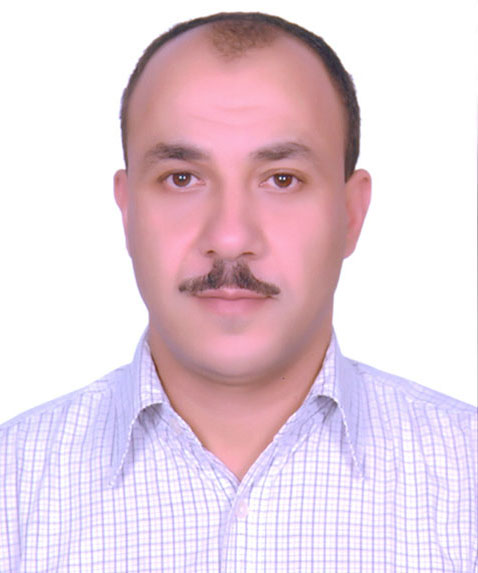Dissection of two drug‑targeted regions of Hepatitis C virus subtype 4a infecting Egyptian patients
Recently, treatment of HCV infection has been improved after the development of direct acting antivirals (DAAs) which
target diferent viral proteins (NS3-4A, NS5A and NS5B). The activity and efectiveness of these DAAs are afected by the
presence of resistance associated substitutions (RASs). This study aimed to characterize HCV genotypes circulating among
Egyptian HCV patients, to dissect the full sequences of HCV NS3-4A and NS5B regions, and to characterize RASs associated with NS3-4A and NS5B inhibitors in HCV treatment-naïve patients. Genotyping of 80 HCV samples from treatmentnaïve patients was done using restriction fragment length polymorphism and phylogenetic analysis based on some full NS5B
sequences. Results showed the prevalence of HCV subtype 4a. Twenty four new full sequences of NS3-4A and NS5B regions
of subtype 4a were deposited in the GenBank database. In general, the substitutions associated with NS3-4A-targeting drugs
were absent predicting possible responsiveness of Egyptian HCV patients to these drugs. In addition, the absence of amino
acid substitutions associated with resistance to Sofosbuvir may predict good response to treatment with Sofosbuvir. Some
amino acid substitutions associated with resistance to diferent classes of non-nucleoside inhibitors were detected. Further
investigations on treated Egyptian HCV patients may evaluate the efectiveness of the massively used drugs. Many predicted
T-cell-binding epitopes in NS3-4A and NS5B regions were found to be highly conserved in the currently studied isolates; a
fnding that might be important for HCV vaccine development. We demonstrated potential NS3 epitopes that could be used
in engineering T cells against HCV epitopes




